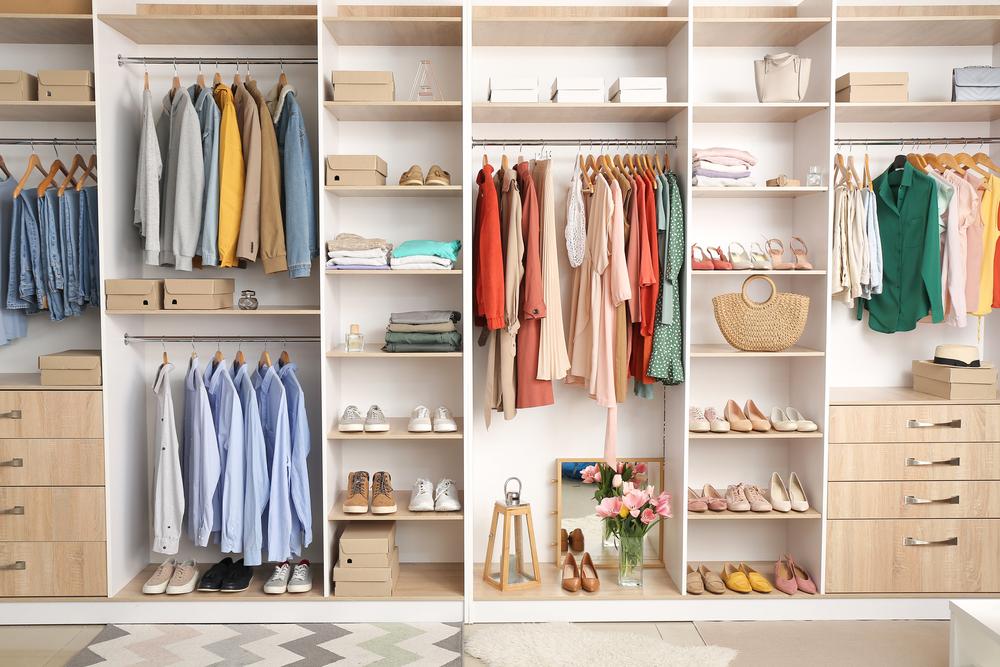These days, we’re asking a lot of our homes—we need them to support us in our work life, school life, and our regular, everyday life. They’ve become our gyms, our schools, our offices, and our places for rest and rejuvenation.
With so much activity and time spent at home, things can get messy. Whether you’ve been wanting to organize certain parts of your home for a while or need better systems now to support the increased demands on your home, now’s a good time to get organized.






